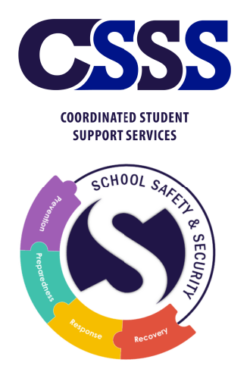Bullying Resources for Teachers
 Staff Development and Resources for Teachers
Staff Development and Resources for Teachers
Training and instruction for bullying prevention and intervention of all administrators, certified staff, support staff, and ancillary groups should include developing awareness, skill-building, and monitoring progress to effectively prevent and intervene in bullying behaviors and encourage pro-social behaviors. The staff development plan should additionally provide training for staff or others needing the information. The staff development plan should also provide training for new staff or others needing the information.
Staff Development Plan
Introductory staff development provides awareness of bullying and can be conducted through direct presentations, meetings, role plays, video resources, and current literature discussions. The plan should be updated annually. Updates should be based on data-informed decisions on specific school needs.
- Explanation of the district’s goal, the definition of bullying, and the anti-bullying policy
- Vocabulary related to bullying.
- Clarification of the difference between bullying and normal conflict, bullying, and harassment
- Types of bullying and examples of bullying behaviors
- Explanation of related issues (sexual harassment, other harassment, hazing, cyberbullying)
- Characteristics of the participants in bullying situations (bully, target, bystander)
- Research or information on the impact of bullying on individuals, academic performance, and school climate
- Data from the school will be used to indicate the effectiveness of the program and determine where updates are needed.
- Specialized training as needed (schools may designate a person(s) whose primary responsibility is working specifically with social skills training for students involved in the bullying continuum).






